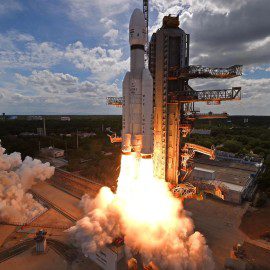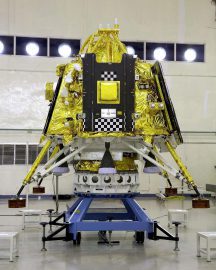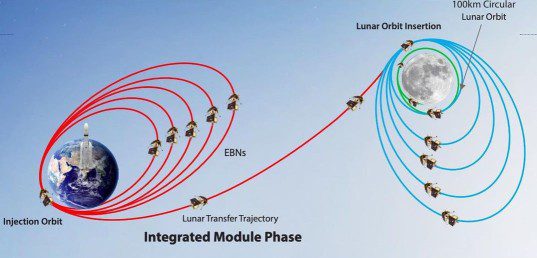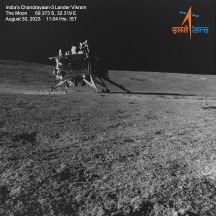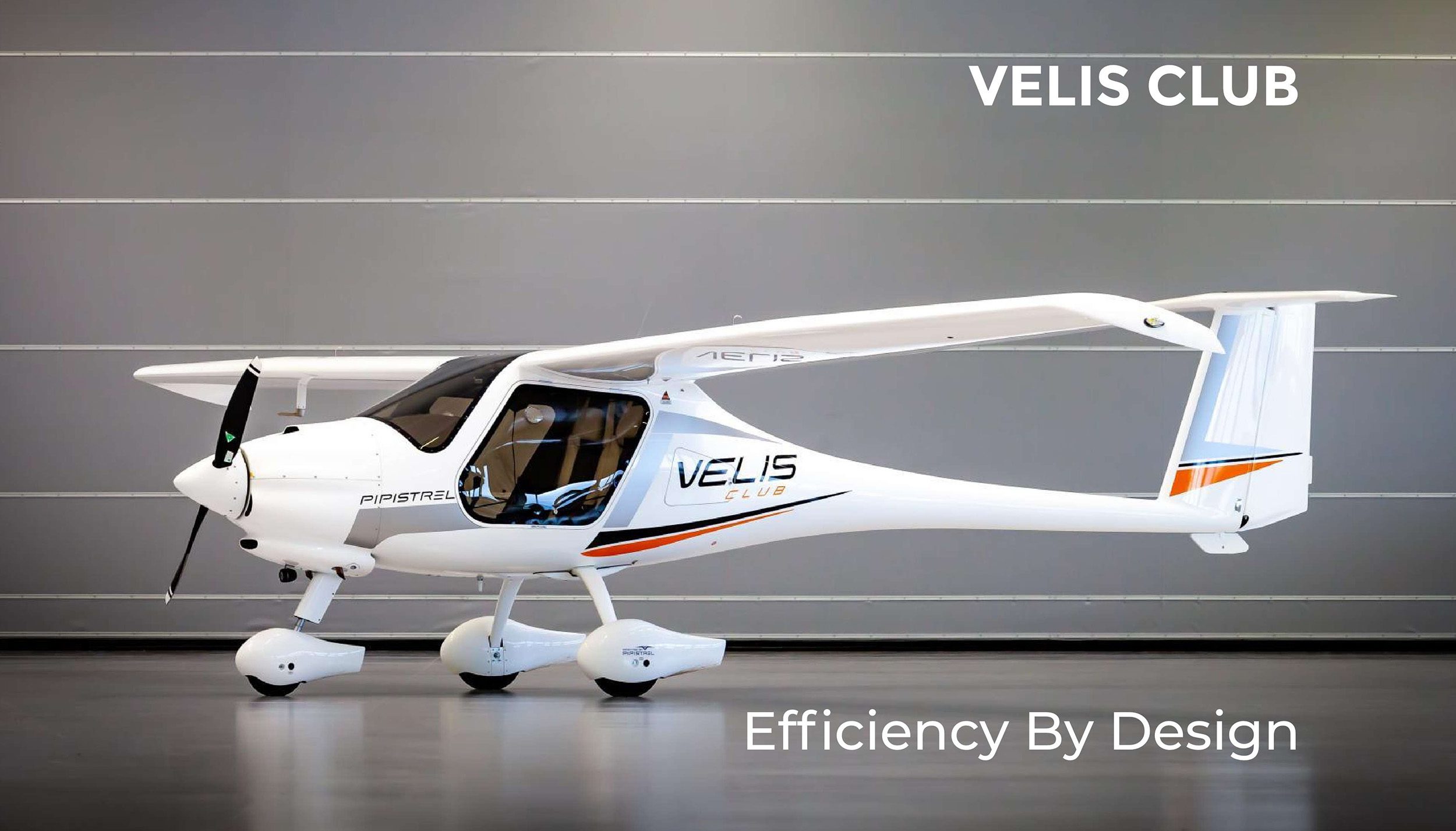What is Chandrayaan 3 and how will it affect the Indian Space Program
India’s Historic Space Mission!!!
Recently Indian Space Research Organisation (ISRO) launched its most anticipated space mission to the moon’s surface, CHANDRAYAAN 3.
Let’s take a tour of this mission…
Chandrayaan 3 is the third Indian lunar exploration mission followed by Chandrayaan 2 in 2019. Chandrayaan 3 was initiated after Chandrayaan 2 failed to soft land on the moon’s surface. The mission carried a lander, Vikram with a mass of 1749.86 kg, and a rover, Pragyan at 26 kg similar to the Chandrayaan-2 mission with minor changes. The lander was equipped with stronger landing legs, more propellant, and improved sensors. The software was changed and the landing area was expanded. Chandrayaan 3 had a propulsion module that carried the lander and the rover from injection orbit to 100 km lunar orbit. It also had a Spectro-polarimetry of Habitable Planetary Earth (SHAPE) payload to study the spectral and polarimetric measurements of Earth from the lunar orbit. The main function of the Propulsion Module was to carry the Lander Module from the launch vehicle injection orbit to till Lander separation.
But why?
In 2008, ISRO’s Chandrayaan 1 discovered water molecules in the lunar polar regions. This was a significant breakthrough, as it showed that the Moon may have a more habitable environment than previously thought which led a rover mission to make a deeper analysis of the lunar surface. With similar intentions, Chandrayaan 2 was launched but unfortunately, due to an error in thrusters and communication, the lander crashed into the moon’s surface and missed its success by an inch, just 2.1 kilometers from the touchdown. Hence Chandrayaan 3 was launched to further carry the mission. Additionally, the Chandrayaan 3 will study the geology, and mineralogy of the lunar surface. Launch Vehicle LVM-3 sent Chandrayaan-3 on a 384,000-kilometer voyage from the Satish Dhawan Space Centre in Sriharikota, Andhra Pradesh on India’s southeast coast on July 14, 2023.
Let me take you to the objectives of the Chandrayaan 3…
Chandrayaan 3 was introduced to perform a safe and soft landing on the lunar’s south pole and conduct in-situ scientific experiments which include:
- Study the geology and mineralogy of the lunar south pole
- Search for water ice in the lunar polar regions
- Perform a detailed study of the lunar surface
- Demonstrate the technologies required for future lunar missions
The mission shall last 1 Lunar day (14 Earth days) in the sunshine as the payloads (equipment) are designed to work during the day and not at night as the temperature drops up to -232℃.
These in-situ experiments are carried out by multiple payloads mounted on the lander and the rover.
Lander Payloads:
- RAMBHA-LP (Langmuir Probe): To measure the near-surface plasma (ions and electrons) density and its changes with time.
- ChaSTE (Chandra’s Surface Thermophysical Experiment): To measure the lunar surface’s thermal properties near the polar region.
- ILSA (Instrument for Lunar Seismic Activity): To measure seismicity (frequency of earthquakes) around the landing site and delineate the structure of the lunar crust and mantle.
Rover Payloads:
- APXS (Alpha Particle X-Ray Spectrometer): To derive the chemical composition and infer mineralogical composition to enhance our understanding of the lunar surface further.
- LIBS (Laser-Induced Breakdown Spectroscope): To determine the elemental composition (Mg, Al, Si, K, Ca, Ti, Fe) of lunar soil and rocks around the lunar landing site.
The Pathway…
Chandrayaan-3 orbited Earth several times to gain speed as a part of the trajectory. The orbit-raising maneuver in the Earth’s orbit took place on July 15, 17, 22, and 25. On August 05, 2023, Chandrayaan-3 was successfully inserted into the lunar orbit. Later, three successive orbit reduction maneuvers on August 6, 9, and 14 made the module closer to the Moon. The final maneuver on August 16 placed Chandrayaan-3 into an orbit of 153km x 163km.
On August 17, the lander separated from the propulsion module, and slowed to place itself in an orbit where the Perilune (orbit’s closest point to the Moon) was 30 km and Apolune (farthest point from the Moon) was 100 km.
Later, Chandrayaan-3 had a powered descent and was fully autonomous to have a soft landing, the signals took about three seconds to go from the lander to Earth and back again.
After more than a month of wait, on August 23, 2023, the lander made a successful soft landing on the lunar surface making India the fourth country to perform a soft landing on the moon’s surface after the USSR (today Russia), USA, and China. Moreover, today India is the first country to land on the lunar south pole which is quite difficult due to its location.
The rover then rolled out of the lander and began its exploration of the lunar surface.
Chandrayaan 3 is a major milestone in India’s space program success. Its success has enhanced India’s reputation as a spacefaring nation in the global space race and will attract international partners in the future. Chandrayaan 3 shall help ISRO to gather valuable scientific data about our Moon that can develop new technologies and can be used in future human missions.
As an aerospace engineer, I look forward to more incredible space missions that can expand our knowledge and connect us with outer space.
Recommend0 recommendationsPublished in Reviews